The Teej Festival is a significant Hindu festival celebrated primarily by women in Nepal, as well as in some parts of India. It typically falls in August or September and lasts for three days. The festival honors the divine couple, Lord Shiva and Goddess Parvati, and holds immense importance for married and unmarried women alike.
The primary purpose of Teej is for women to pray for marital bliss, the well-being of their spouses, and the overall prosperity of their families. The festival is marked by various rituals and celebrations, including feasting, fasting, and visiting Shiva temples to offer prayers.
During Teej, women dress in vibrant red saris and traditional jewelry, which symbolize love, passion, and marital bliss. The festivities include singing traditional Teej songs and performing dances that express devotion and joy.
The Teej Festival in Nepal is a significant event that celebrates womanhood and the institution of marriage while offering prayers and seeking blessings from Lord Shiva and Goddess Parvati. The significance of the Teej Festival in Nepal can be summarized in the following key aspects:
-
Celebration of womanhood: Teej is an occasion for women to come together, celebrate their womanhood, and express their joy and happiness. Women dress up in vibrant red and green attire, often adorned with jewelry, and gather to perform traditional dances and songs.
-
Fasting for marital harmony: Married women observe a strict fast, known as "nirjala vrata," which involves abstaining from food and water for 24 hours. This fast is observed to seek the blessings of Lord Shiva and Goddess Parvati for the well-being, prosperity, and longevity of their husbands and families.
-
Prayer for a suitable life partner: Unmarried women also participate in the Teej Festival, fasting and praying to Goddess Parvati to bless them with a suitable life partner and a happy married life.
-
Rituals and customs: The Teej Festival involves various rituals and customs, such as the holy bath in the Bagmati River, visiting Shiva temples
Importance of the festival for Nepali women
The Teej Festival holds immense importance for Nepali women, as it not only honors their cultural and religious beliefs but also provides an opportunity for social bonding and empowerment. Some key aspects of the festival's importance for Nepali women are:
-
Strengthening bonds: Teej brings women together, allowing them to share their joys, sorrows, and experiences. This fosters a sense of sisterhood, solidarity, and support among them, helping to build strong social connections.
-
Expression of devotion: The festival allows women to express their devotion to their husbands and families through fasting and prayers. This act is considered to be a manifestation of selflessness and dedication to their loved ones.
-
Cultural preservation: Teej is an essential aspect of Nepali culture, and women play a central role in preserving these traditions by passing them down through generations. This cultural preservation helps to maintain the unique identity and values of the Nepali people.
-
Empowerment and self-expression: Teej offers women an opportunity to express themselves creatively through music, dance, and storytelling. This artistic expression promotes a sense of empowerment and self-confidence among women.
-
Emphasis on well-being: The festival encourages women to focus on their well-being, both in terms of physical health (through fasting and detoxification) and mental/emotional health (through social bonding and spiritual practices).
The aim of this blog is to provide a comprehensive guide on the Teej Festival celebration in Nepal, helping readers gain a deeper understanding of the festival's significance, rituals, and customs. The blog will cover various aspects of the Teej Festival, enabling visitors and observers to appreciate and participate in the celebrations with cultural sensitivity and respect.
Understanding the Teej Festival
The Teej Festival is a significant cultural and religious event celebrated primarily by Hindu women in Nepal and parts of India. The festival is dedicated to Lord Shiva and Goddess Parvati, symbolizing the divine couple's eternal love and marital bliss. It usually takes place in August or September, according to the lunar calendar.
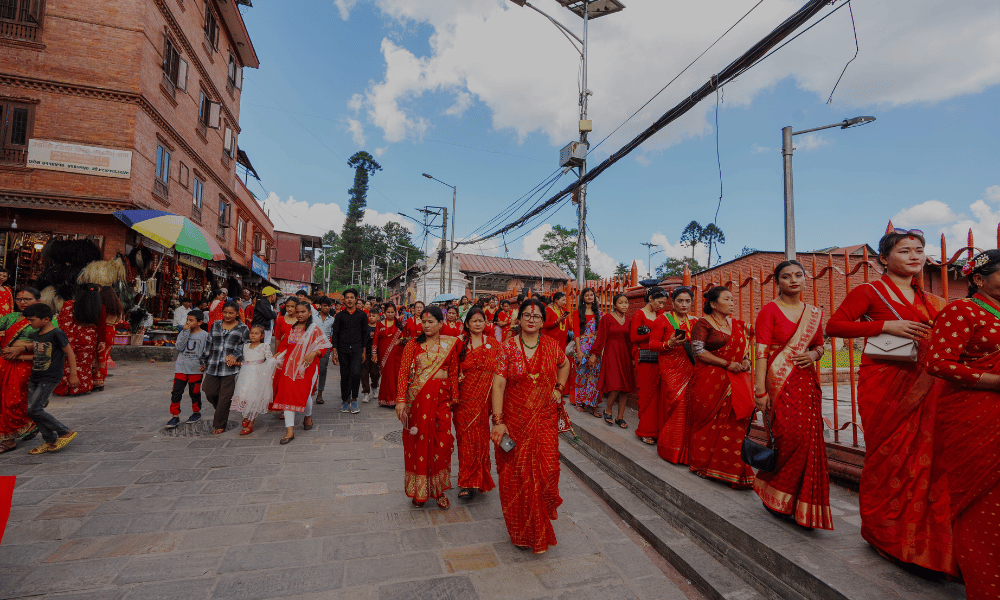
-
Importance for Hindu women: Teej is a celebration of womanhood and an opportunity for women to come together, express joy, and share experiences. It is a time for them to dress up in colorful attire, perform traditional dances, and sing songs, fostering a sense of sisterhood and solidarity.
-
Connection to Lord Shiva and Goddess Parvati: The Teej Festival commemorates the reunion of Goddess Parvati and Lord Shiva, following a long period of separation during which Parvati performed intense austerities to win Shiva's love. The divine couple's union is considered a symbol of the perfect marital bond, making the festival particularly significant for married women.
-
Purpose: The primary purpose of the Teej Festival is to pray for marital bliss, the well-being of spouses, and family prosperity. Married women observe a strict fast known as "nirjala vrata," abstaining from food and water for 24 hours, to seek the blessings of Lord Shiva and Goddess Parvati for their husbands' longevity and the happiness of their families.
Festival Dates and Duration
The Teej Festival usually falls in the months of August or September, with the specific dates varying each year according to the lunar calendar. The festival is celebrated over a period of three days, each day having its unique significance and rituals:
-
Day 1 - Dar Khane Din: On the first day of Teej, women gather at a common place and celebrate with singing, dancing, and feasting on delicious food. This day is marked by a grand feast known as "Dar," where women indulge in various delicacies before beginning their fast the next day.
-
Day 2 - Fasting and Rituals: The second day is dedicated to fasting and rituals. Married women observe the "nirjala vrata," a strict fast where they abstain from food and water for 24 hours to pray for their husbands' well-being and the prosperity of their families. Unmarried women also fast and offer prayers to Goddess Parvati, seeking blessings for a suitable life partner and a happy married life. Women also visit Shiva temples to perform rituals and seek blessings from the divine couple.
-
Day 3 - Rishi Panchami: The third and final day of the Teej Festival is known as Rishi Panchami. On this day, women pay homage to the seven sages (Saptarishi) by performing a special puja (prayer ceremony).
Religious Myth about Teej Festival
The religious story behind the Teej Festival is rooted in Hindu mythology, which celebrates the divine union of Lord Shiva and Goddess Parvati. According to the legend, Parvati, the daughter of King Himalaya, desired to marry Lord Shiva. However, Shiva was an ascetic and not easily convinced to take a wife.
Determined to win Shiva's heart, Parvati performed intense penance and fasting, known as "tapasya," to prove her devotion to him. Her dedication and unwavering love ultimately moved Shiva, who agreed to marry her. It is said that Parvati fasted for 108 years in her previous birth before Lord Shiva finally accepted her as his consort. Goddess Parvati then shared the secret of her successful fasting with her friends, who were also seeking marital happiness and the well-being of their spouses.

Thus, the Teej Festival celebrates the devotion and determination of Goddess Parvati, who serves as a symbol of the ideal wife. On this occasion, married women fast and pray to Lord Shiva and Goddess Parvati for the health, longevity, and prosperity of their husbands, while unmarried women do the same to seek a suitable life partner. The Teej Festival commemorates the divine union of Shiva and Parvati and highlights the virtues of commitment, love, and perseverance in the institution of marriage.
Teej Festival Rituals and Customs
Women pray for marital bliss, the well-being of their spouses, and family prosperity, dressing in vibrant red saris and traditional jewelry during the celebrations. It honors the divine union of Lord Shiva and Goddess Parvati and is celebrated with special customs and rituals.
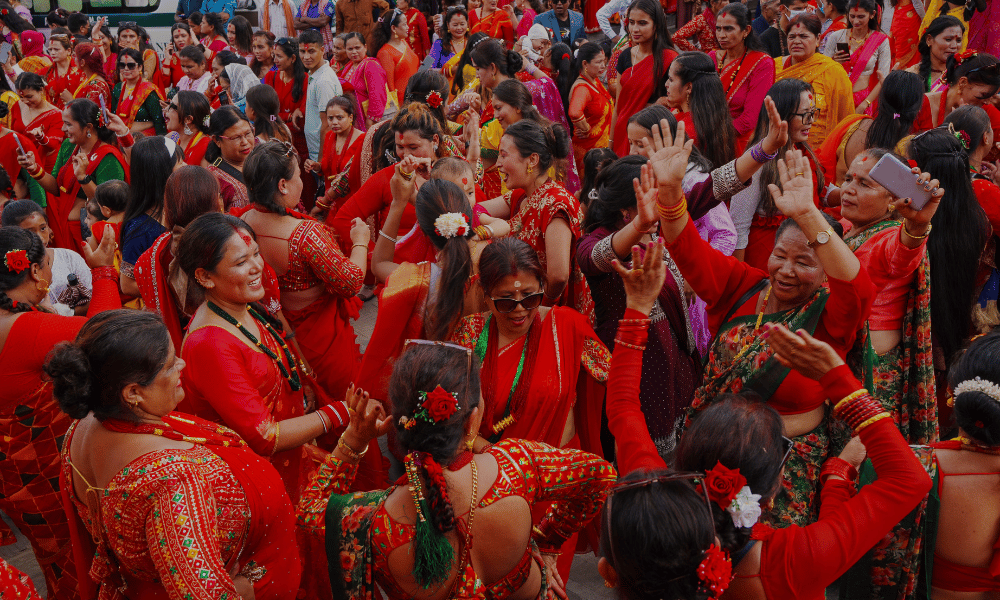
First Day: Dar Khane Din
The first day of the Teej Festival is known as Dar Khane Din, which is a lively celebration marked by a traditional feast called "Dar." Women come together on this day to share their joy and happiness, taking part in various festivities, including singing, dancing, and wearing traditional attire.
-
Traditional feast (Dar): The Dar feast consists of a variety of delicious and rich dishes, specially prepared for the occasion. Women indulge in a sumptuous meal as they prepare to observe a strict fast the following day. Some popular dishes served during Dar include sel roti (fried rice bread), puri (deep-fried bread), aloo ko achar (spicy potato pickle), and a variety of sweets.
-
Gathering of women: Dar Khane Din provides an opportunity for women to come together and celebrate their womanhood, fostering a sense of sisterhood, solidarity, and support. It is a time for them to share stories, experiences, and joy with one another.
-
Singing, dancing, and wearing traditional attire: Women participate in traditional dances and songs during the Dar Khane Din celebration. They dress up in vibrant red and green attire, often adorned with jewelry, and gather to perform group dances, showcasing their cultural heritage and artistry.
-
Significance and symbolism of the feast: The Dar feast symbolizes abundance, prosperity, and happiness. The act of indulging in a grand meal before the fast signifies the women's love and dedication to their husbands.
Second Day: Fasting and Prayers
On the second day of the Teej Festival, women observe a ritual fast and engage in prayers, seeking blessings for their husbands' well-being, family prosperity, and, for unmarried women, a suitable life partner.
-
Ritual fasting: Married women typically observe the "nirjala vrata," a strict fast where they abstain from both food and water for 24 hours. Some women may choose to observe a less stringent fast, allowing themselves to consume liquids like water, milk, or juice.
-
Visiting Shiva temples: Women visit Shiva temples to offer prayers and seek blessings from Lord Shiva and Goddess Parvati on this day. They perform rituals like lighting lamps, offering flowers, and reciting prayers and hymns in devotion to the divine couple.
-
Rituals performed by married women: Married women perform various rituals, such as offering fruits, sweets, and other items to Goddess Parvati, in the hope of securing her blessings for their husbands' well-being and their families' prosperity. They also pray for marital harmony and a strong bond between themselves and their spouses.
-
Rituals performed by unmarried women: Unmarried women also participate in the Teej Festival, fasting, and praying to Goddess Parvati to bless them with a suitable life partner and a happy married life. They engage in similar rituals as married women, offering prayers and seeking for a suitable life partner and a happy married life.
Third Day: Rishi Panchami
The third and final day of the Teej Festival is known as Rishi Panchami, a day dedicated to ritual purification and paying homage to the Sapta Rishi (Seven Sages). Women perform special pujas (prayer ceremonies) and observe various rituals on this day.
-
Ritual purification: Women take a holy bath or cleanse themselves with special leaves and red mud, symbolizing the process of purification. This ritual is believed to wash away any sins or impurities accumulated during the year.
-
Paying homage to the Sapta Rishi: Women pay their respects to the Seven Sages by performing a special puja. They offer prayers, flowers, and other offerings to the sages, acknowledging their wisdom and seeking their blessings for a prosperous and righteous life.
-
Symbolism and significance of Rishi Panchami: Rishi Panchami holds deep spiritual significance for Hindu women. It is believed that observing the rituals of Rishi Panchami can help women attain spiritual and moral guidance from the Seven Sages, helping them lead a virtuous and fulfilling life. The day also emphasizes the importance of knowledge, wisdom, and spiritual growth in Hindu culture.
-
Completion of the Teej Festival: Rishi Panchami marks the end of the three-day Teej Festival. After performing the rituals and observing the fast, women break their fast by consuming a small meal. The Teej Festival's conclusion is a time of reflection and gratitude for the divine blessings and the support of family and friends during the celebrations.
Traditional Attire and Music
Teej songs and dance play an essential role in the festival's celebrations, contributing to the rich cultural tapestry of the event and allowing women to express their devotion, joy, and sisterhood through their artistic talents.
Red Saris and Accessories
Wearing red attire, particularly red saris, is an essential part of the Teej Festival celebrations. The color red holds significant cultural and symbolic importance during this event. Women also adorn themselves with traditional jewelry and accessories to complete their festive look.
-
Importance of wearing red during Teej: The color red is associated with love, passion, and marital bliss in Hindu culture. It is also considered auspicious and a symbol of fertility. By wearing red, women celebrate their womanhood, their love for their spouses, and their desire for a strong marital bond. Additionally, red attire adds a vibrant and lively touch to the festivities.
-
Traditional jewelry and accessories: Women embellish their red saris with various traditional jewelry and accessories, such as gold and silver necklaces, earrings, bangles, anklets, and nose rings. These ornaments not only enhance their beauty but also hold cultural significance.
-
Significance of various ornaments:
-
Mangalsutra: Married women wear a mangalsutra (a sacred necklace) as a symbol of their marital status and as a token of love and commitment from their husbands.
-
Sindoor: A red vermilion powder, sindoor is applied to the parting of a married woman's hair as a symbol of her marital status and to seek the well-being and longevity of her husband.
-
Bindi: A red dot or decorative design on the forehead, the bindi represents a woman's spiritual "third eye" and is believed to ward off negative energy.
-
Overall, the red saris and accessories worn during the Teej Festival are not just elements of beauty and tradition, but also carry deeper symbolic meanings related to womanhood, love, and marital bliss.
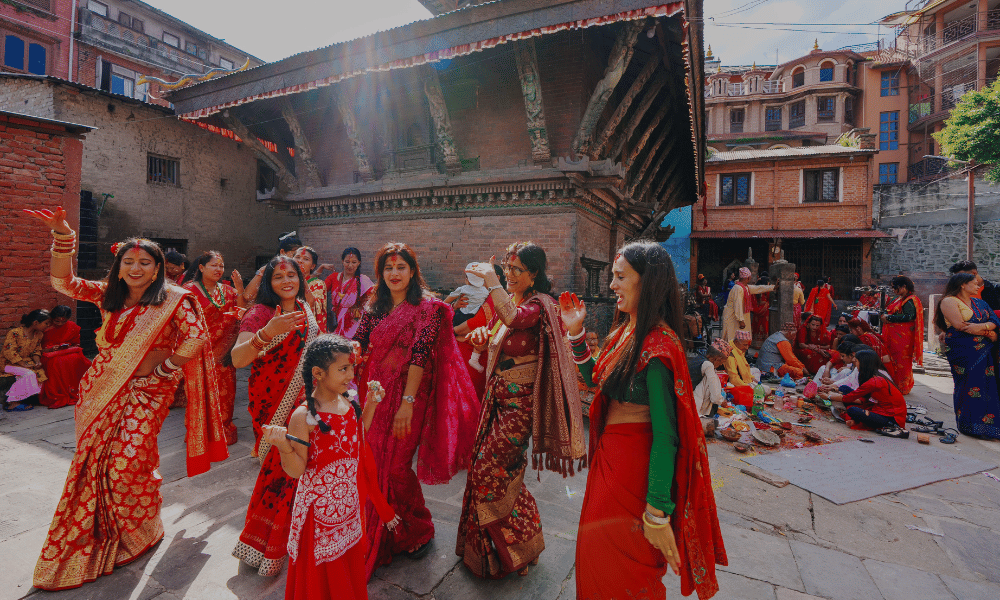
Teej Songs and Dance
Music and dance play a significant role in the Teej Festival celebrations, adding to the festive atmosphere and allowing women to express their joy, devotion, and cultural heritage.
-
Importance of music and dance during Teej celebrations: Music and dance serve as vital elements of the Teej Festival, allowing women to come together, share their happiness, and strengthen their bonds. These cultural expressions provide an opportunity for women to showcase their artistic talents and maintain a sense of unity and solidarity.
-
Traditional Teej songs and their meanings: Teej songs are an essential part of the festivities, often conveying heartfelt emotions and narrating stories related to love, marriage, and the divine couple, Lord Shiva and Goddess Parvati. The lyrics of Teej songs typically touch upon themes such as the longing for a loving husband, the strength and resilience of women, and prayers for the well-being of their families. These songs help to preserve and pass down traditional folklore, values, and wisdom to future generations.
-
Significance of dance in expressing devotion and joy: Dance is a powerful medium for expressing devotion, joy, and gratitude during the Teej Festival. Women perform various traditional dances, either individually or in groups, as a means of celebrating their womanhood and paying homage to Lord Shiva and Goddess Parvati. Dance not only provides a sense of enjoyment and entertainment but also carries deeper spiritual significance, as it allows women to connect with their inner selves and the divine through their body movements and expressions.
Teej Festival Celebrations across Nepal
Several places celebrate Teej with grandeur and specialties of their own. Let's take a look at the most prominent celebrations in the country. These variations in customs and rituals across Nepal showcase the country's cultural richness and its ability to accommodate diverse regional and local traditions within the broader context of the Teej Festival.
Pashupatinath Temple
The Pashupatinath Temple, located in Kathmandu, Nepal, is one of the most important Hindu temples dedicated to Lord Shiva. It holds particular significance during the Teej Festival, as thousands of women gather there to perform rituals, offer prayers, and seek blessings from Lord Shiva and Goddess Parvati.
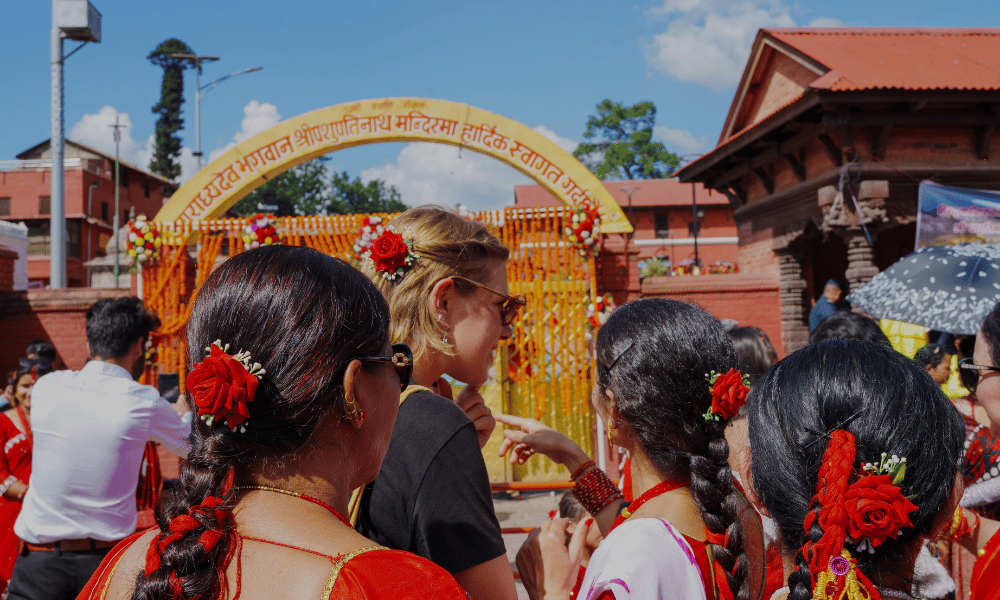
-
Importance of Pashupatinath Temple during Teej: As one of the most sacred Shiva temples in Nepal, Pashupatinath Temple becomes the focal point for Teej celebrations. The temple complex attracts a large number of devotees, particularly women, who come to perform special rituals and prayers during the festival. The temple's unique atmosphere and spiritual energy provide a special setting for Teej celebrations, enhancing the overall experience for devotees.
-
Rituals and prayers offered at the temple: Women visit Pashupatinath Temple on the second day of the Teej Festival to perform various rituals and offer prayers to Lord Shiva and Goddess Parvati. They light oil lamps, offer flowers, fruits, and sweets, and recite prayers and hymns in devotion to the divine couple. Women also perform the "Shiva-Parvati Puja," a special prayer ceremony seeking blessings for their husband's well-being, marital harmony, and family prosperity.
-
Unique aspects of Teej celebrations at Pashupatinath Temple: The Pashupatinath Temple provides a distinctive backdrop for Teej celebrations. The temple complex becomes a vibrant and bustling hub of activity during the festival, with the sounds of traditional Teej songs and the sights of women dressed in red saris and ornate jewelry. The temple grounds also host various cultural programs, including musical performances and dance shows, showcasing Nepal's rich artistic heritage.
Other Temples and Regions
While the Pashupatinath Temple is a prominent location for Teej celebrations, the festival is observed across Nepal and even in parts of India, with variations in customs and rituals depending on the region. Here is an overview of Teej celebrations in different regions of Nepal:
-
Kathmandu Valley: In the Kathmandu Valley, apart from Pashupatinath Temple, several other temples dedicated to Lord Shiva and Goddess Parvati attract devotees during Teej. Temples like Guhyeshwari and Gokarneshwar see a surge of visitors, who come to offer prayers and perform rituals.
-
Patan: In Patan, the ancient city in the Kathmandu Valley, women gather around the Manga Hiti, a stone water spout, to perform rituals and take ritual baths. The Patan Durbar Square, which houses several temples, also becomes a center for Teej celebrations.
-
Bhaktapur: In Bhaktapur, another city in the Kathmandu Valley, women visit Shiva and Parvati temples to offer prayers and celebrate Teej. The city's Durbar Square becomes a focal point for various cultural programs and performances.
-
Terai Region: In the southern Terai region of Nepal, Teej celebrations involve unique customs like the Jhoola (swing) ceremony. Swings are set up in public spaces or private courtyards, and women enjoy swinging while singing traditional Teej songs.
-
Pokhara: In the city of Pokhara, women visit the famous Tal Barahi Temple and Bindhyabasini Temple to perform rituals and offer prayers during Teej.
Variation in customs and rituals across the country:
Although the core theme of Teej remains consistent throughout Nepal – celebrating womanhood, praying for marital bliss, and seeking blessings from Lord Shiva and Goddess Parvati – there are variations in customs and rituals depending on the region and local traditions. Some regional variations include:
-
Attire and accessories: While red is the dominant color for women's attire during Teej, the style of the sari, the manner of draping, and the specific jewelry and accessories may vary from region to region. These differences often reflect the unique cultural identity and heritage of the local communities.
-
Food and feasting: The types of dishes prepared and consumed during the Teej feast (Dar) can vary depending on regional and family preferences. Some regions may include unique local delicacies, while others may have specific traditional foods associated with Teej.
-
Rituals and prayers: Regional variations can also be found in the rituals and prayers performed during Teej. In some areas, women may have unique customs for taking ritual baths, offering prayers, or performing specific pujas. These differences often stem from local beliefs, traditions, or historical practices.
-
Cultural programs and performances: The types of songs, dances, and other cultural performances associated with Teej celebrations can vary across the country. Local art forms, folk music, and traditional dance styles may be incorporated into the festivities, reflecting the rich and diverse cultural landscape of Nepal.
Tips for Participating in Teej Festival Celebrations
By following these tips for appropriate behavior and dress during the Teej Festival, you can ensure a culturally sensitive experience that respects the local customs, practices, and religious beliefs of the Nepali people.
Etiquette and Cultural Sensitivity
As a visitor or observer of the Teej Festival, it is essential to respect local customs, practices, and religious beliefs to ensure a culturally sensitive experience. By doing so, you help maintain the sanctity of the festival and demonstrate respect for the people and their traditions. Here are some tips for appropriate behavior and dress during the festival:
-
Dress modestly: When attending Teej celebrations, especially at temples or religious sites, dress modestly and conservatively. Avoid wearing revealing clothing, as it may be considered disrespectful. Opt for loose-fitting, comfortable clothes that cover your shoulders and knees.
-
Be mindful of photography: While it can be tempting to capture the vibrant and colorful scenes during Teej, always ask for permission before taking photos of individuals, particularly women participating in the celebrations. Be respectful of their privacy and personal space, and avoid interrupting rituals or prayers for the sake of a photograph.
-
Follow local customs: Observe and follow local customs and practices when attending Teej events. For example, remove your shoes when entering temples or religious sites, and follow any specific etiquette related to entering or participating in rituals. If you are unsure of the appropriate behavior, politely ask someone for guidance.
-
Respect religious beliefs: Even if you do not share the same religious beliefs, show respect and understanding towards the significance and importance of the Teej Festival for the local people. Refrain from making insensitive comments or engaging in behaviors that may offend others.
-
Be a considerate observer: As an observer of the Teej Festival, try to maintain a respectful distance from the participants, particularly during prayers or rituals. Avoid being intrusive or disruptive, and allow the local women to fully enjoy and engage in the festivities.
Photography and Social Media
Taking photos and sharing them on social media can be an enjoyable way to document and share your experiences during the Teej Festival. However, it's essential to do so responsibly and with respect for the privacy and wishes of festival participants. Here are some guidelines for taking photos and sharing them on social media:
-
Ask for permission: Before taking photos of individuals or groups, particularly women participating in the celebrations, always ask for their permission. Some people may not be comfortable being photographed, and it's essential to respect their wishes.
-
Be respectful of rituals and prayers: Avoid taking photos during sacred rituals or prayers, as it may be considered intrusive and disrespectful. In some temples or religious sites, photography may be prohibited altogether. Always follow the guidelines and restrictions set by the local authorities.
-
Be mindful of your surroundings: When taking photos, be aware of your surroundings and avoid obstructing the view or movement of others. Be considerate and ensure that your photography does not disrupt the festivities or cause inconvenience to others.
-
Share responsibly: When sharing your photos on social media, be mindful of the content you post. Avoid sharing images that may be considered disrespectful or offensive, such as pictures of people in revealing attire or during private moments. Additionally, consider the privacy and wishes of those featured in your photos before sharing them online.
-
Add context: When sharing your experiences on social media, provide context and information about the Teej Festival and its significance for the local people. This can help to promote understanding and appreciation of the cultural and religious aspects of the celebrations.
-
Promote cultural sensitivity: Use your social media presence to encourage others to approach the Teej Festival with cultural sensitivity and respect. Share your insights about the importance of respecting local customs, practices, and religious beliefs, and offer tips for responsible and considerate behavior during the festival.
By following these guidelines for taking photos and sharing them on social media, you can ensure a responsible and respectful approach to documenting and sharing your experiences during the Teej Festival in Nepal.

Conclusion
To recap, the Teej Festival is a significant annual Hindu celebration in Nepal that is primarily observed by women. It honors the divine union of Lord Shiva and Goddess Parvati and is an essential part of Nepali culture. The festival, which usually takes place in August or September, lasts for three days and involves various rituals and festivities such as feasting, fasting, and visiting Shiva temples. Women pray for marital bliss, the well-being of their spouses, and family prosperity, dressing in vibrant red saris and traditional jewelry during the celebrations.

Participating in or observing the Teej Festival offers a unique opportunity to gain a deeper understanding of Nepali culture and traditions. The vibrant colors, music, and dances make it an unforgettable experience that showcases the rich cultural heritage of the country.
However, it is crucial to practice cultural sensitivity and respect during the celebrations. Ensure you dress modestly, ask for permission before taking photos, follow local customs, respect religious beliefs, and maintain a considerate distance during rituals and prayers.
By participating in the Teej Festival with an open mind and a respectful attitude, you can not only appreciate the beauty of Nepali traditions but also contribute to maintaining the sanctity of this significant cultural event.






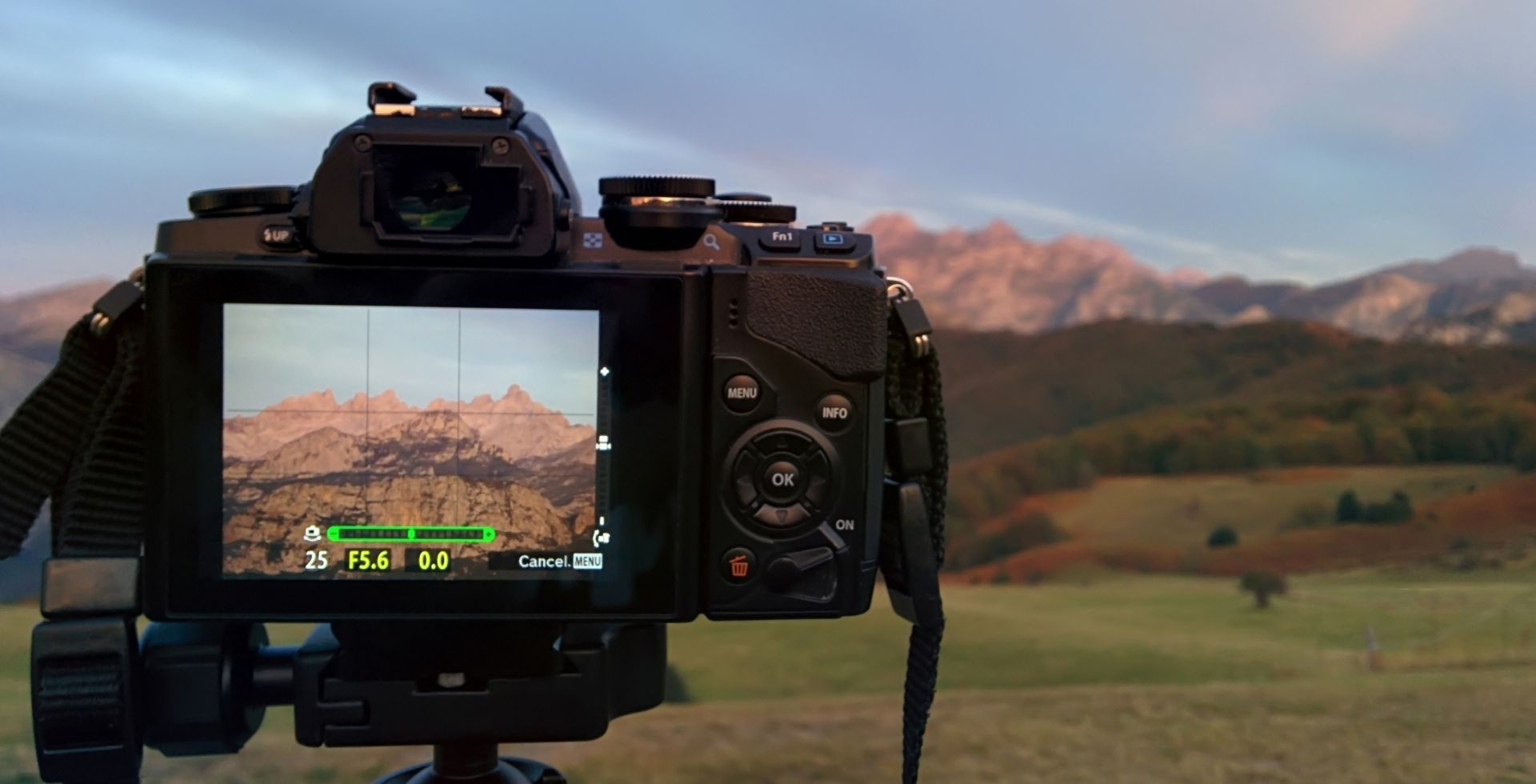

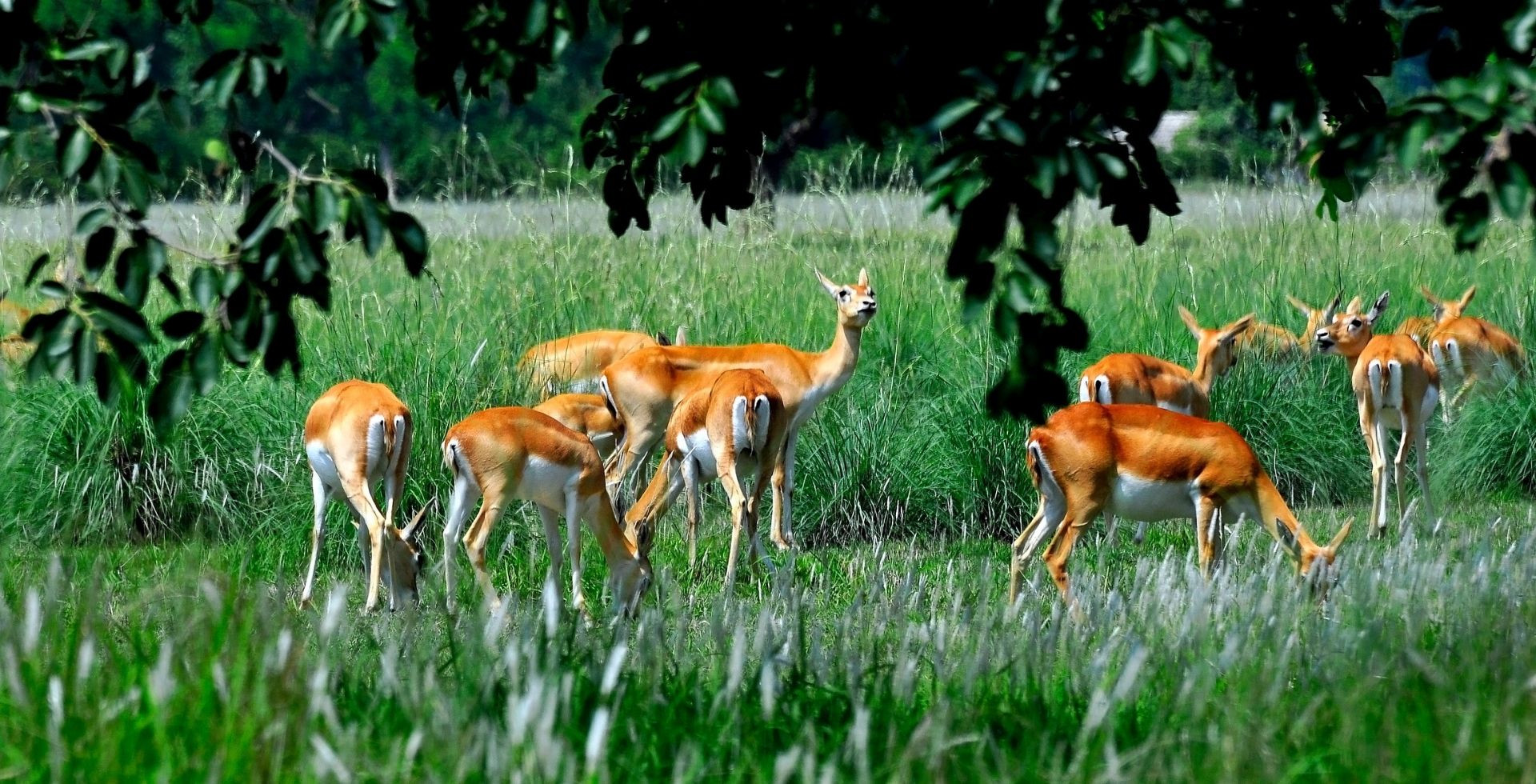
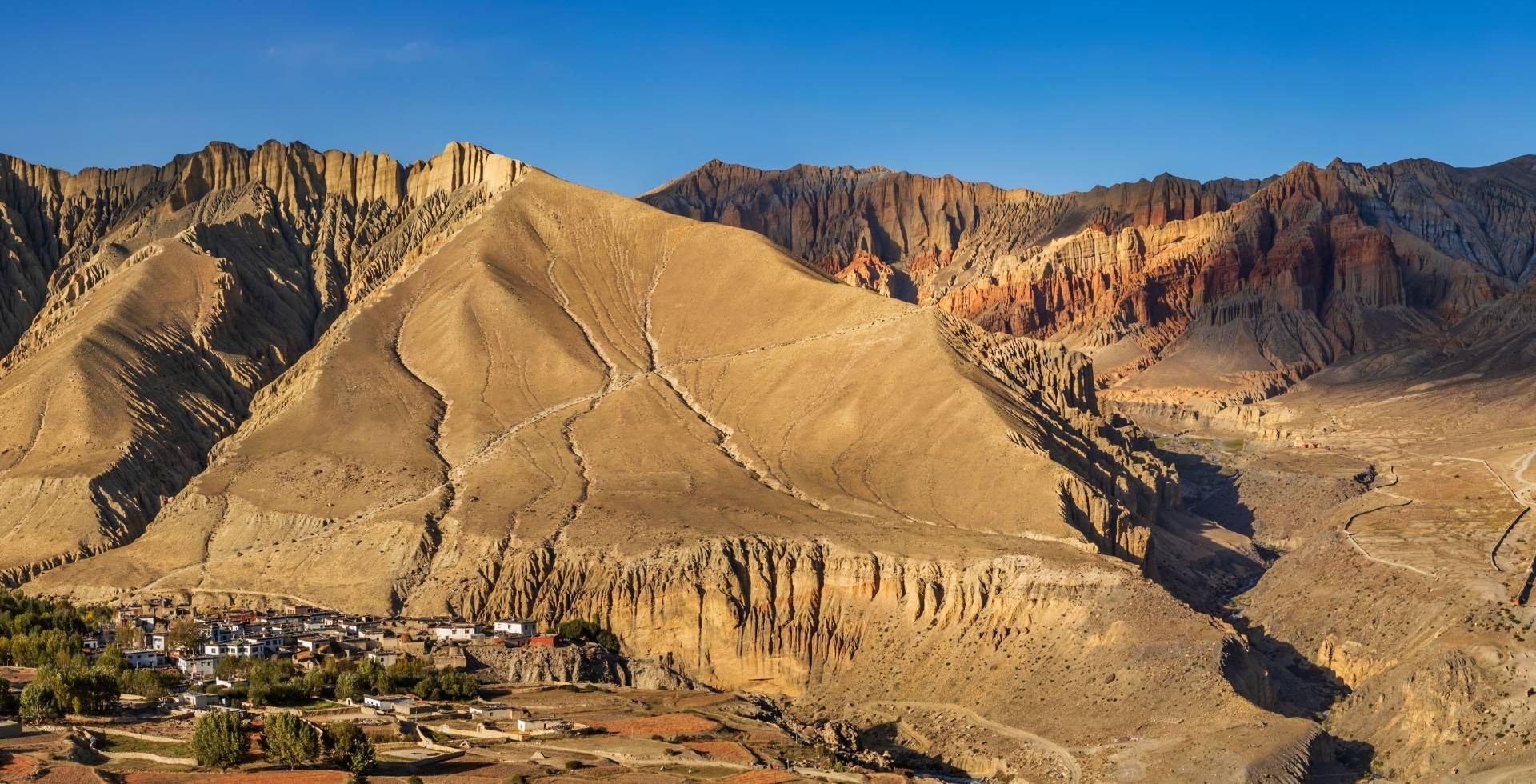

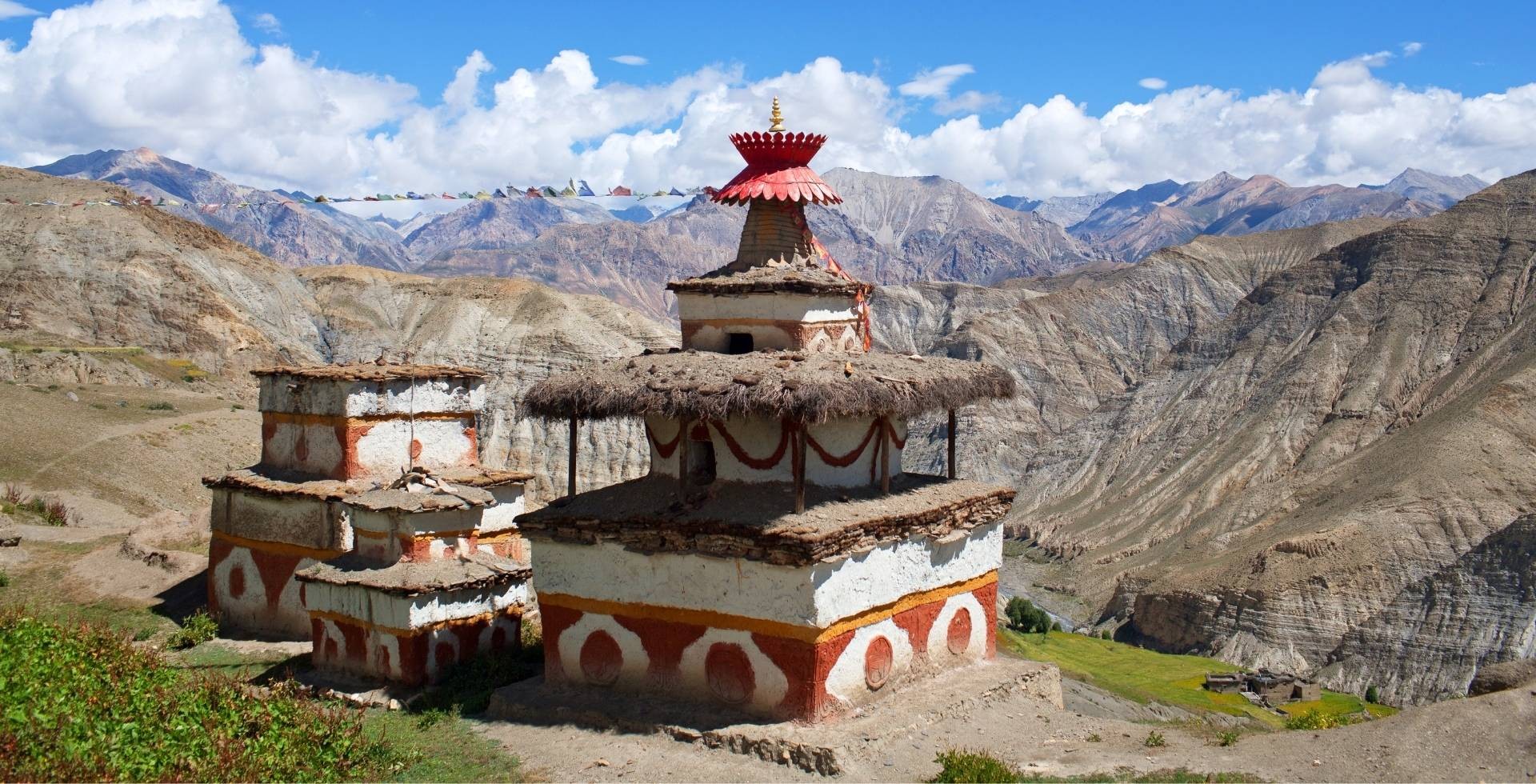
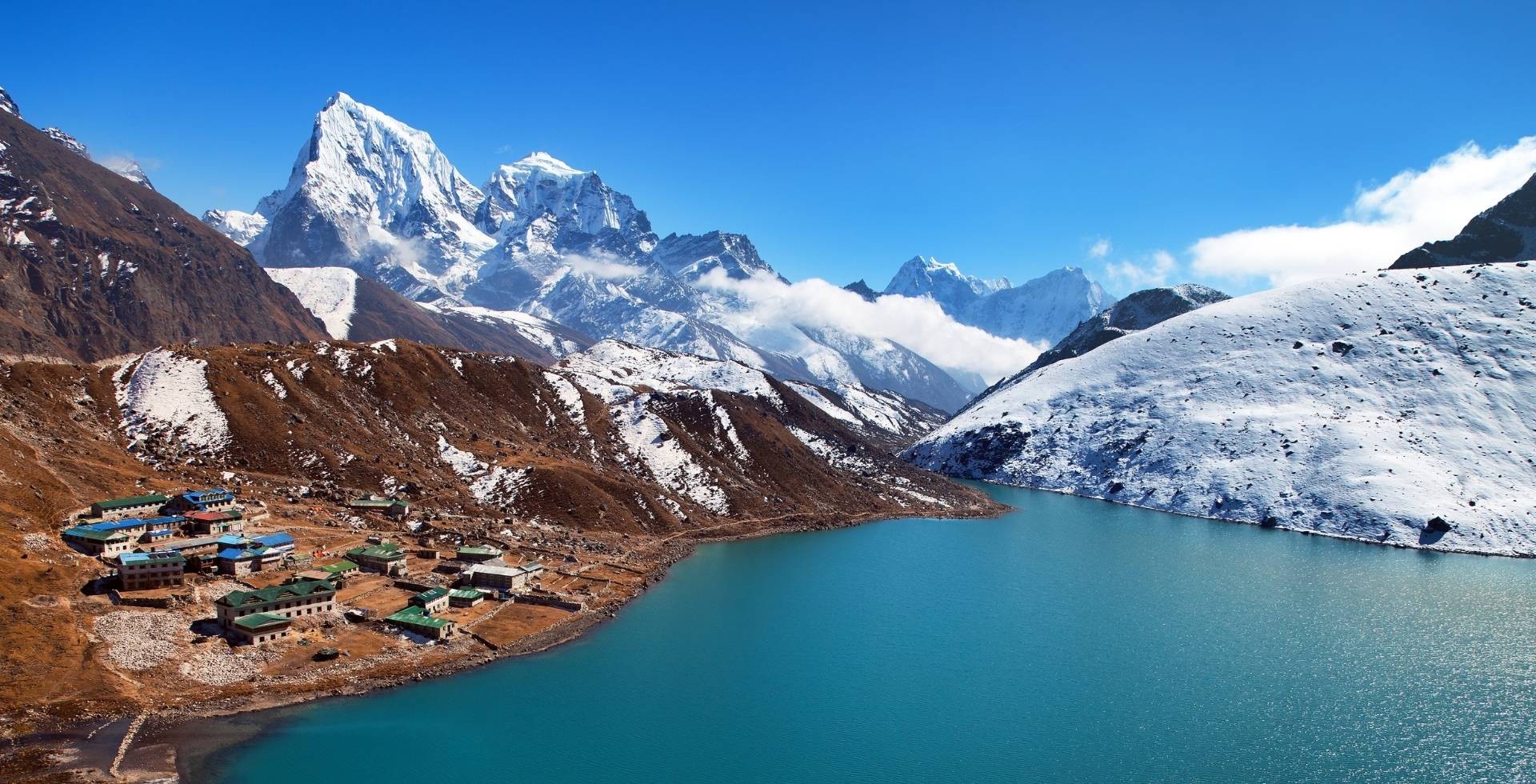
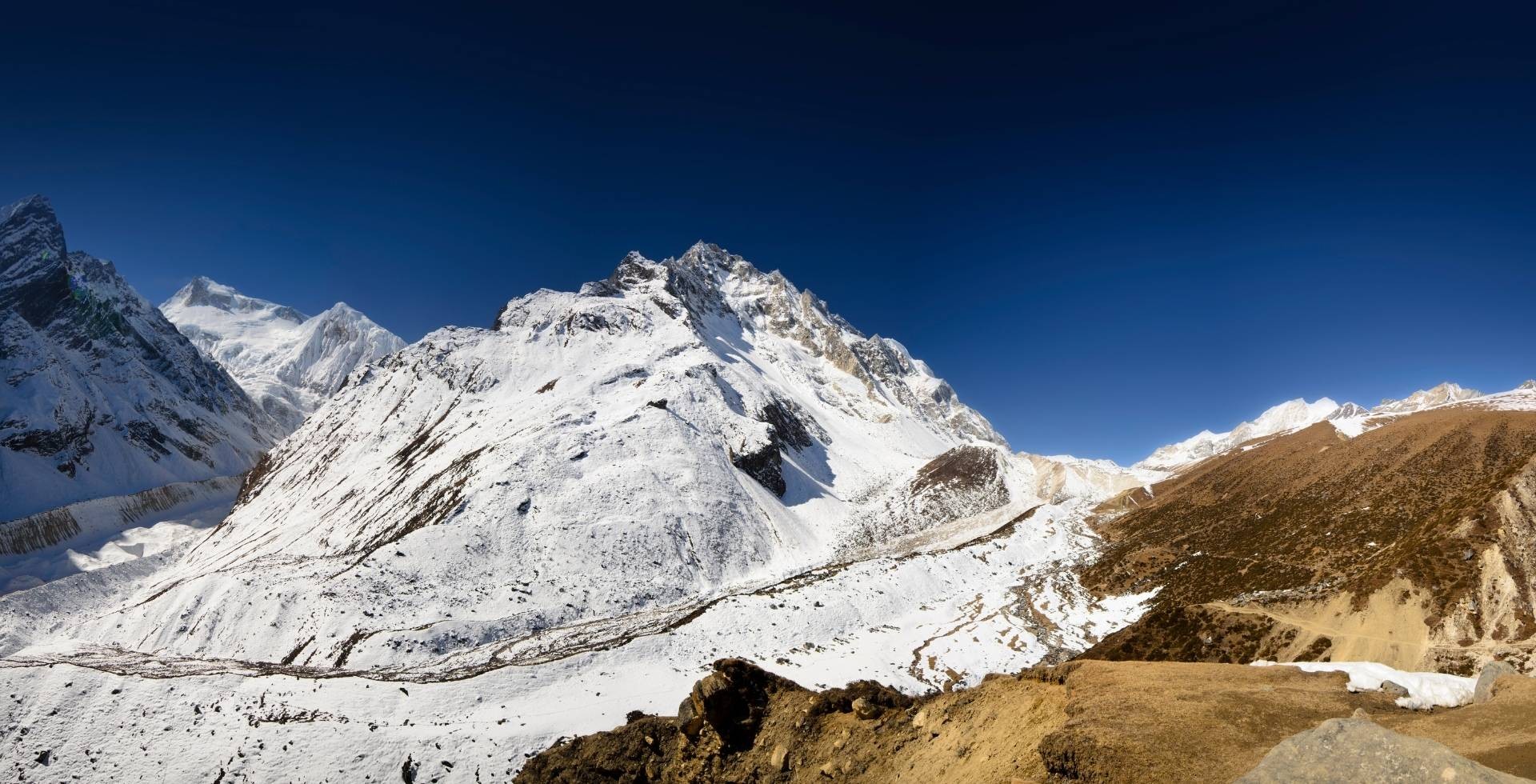
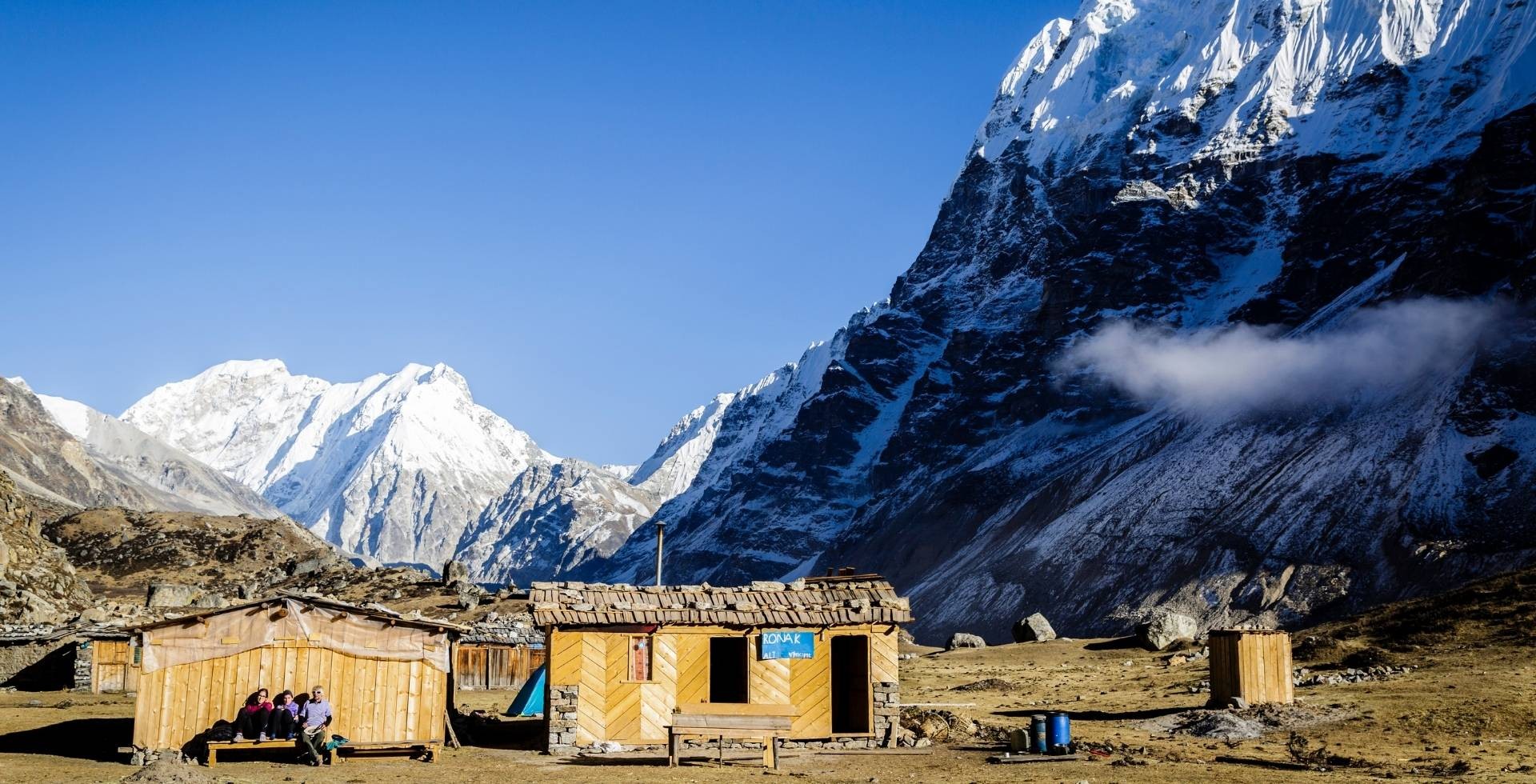
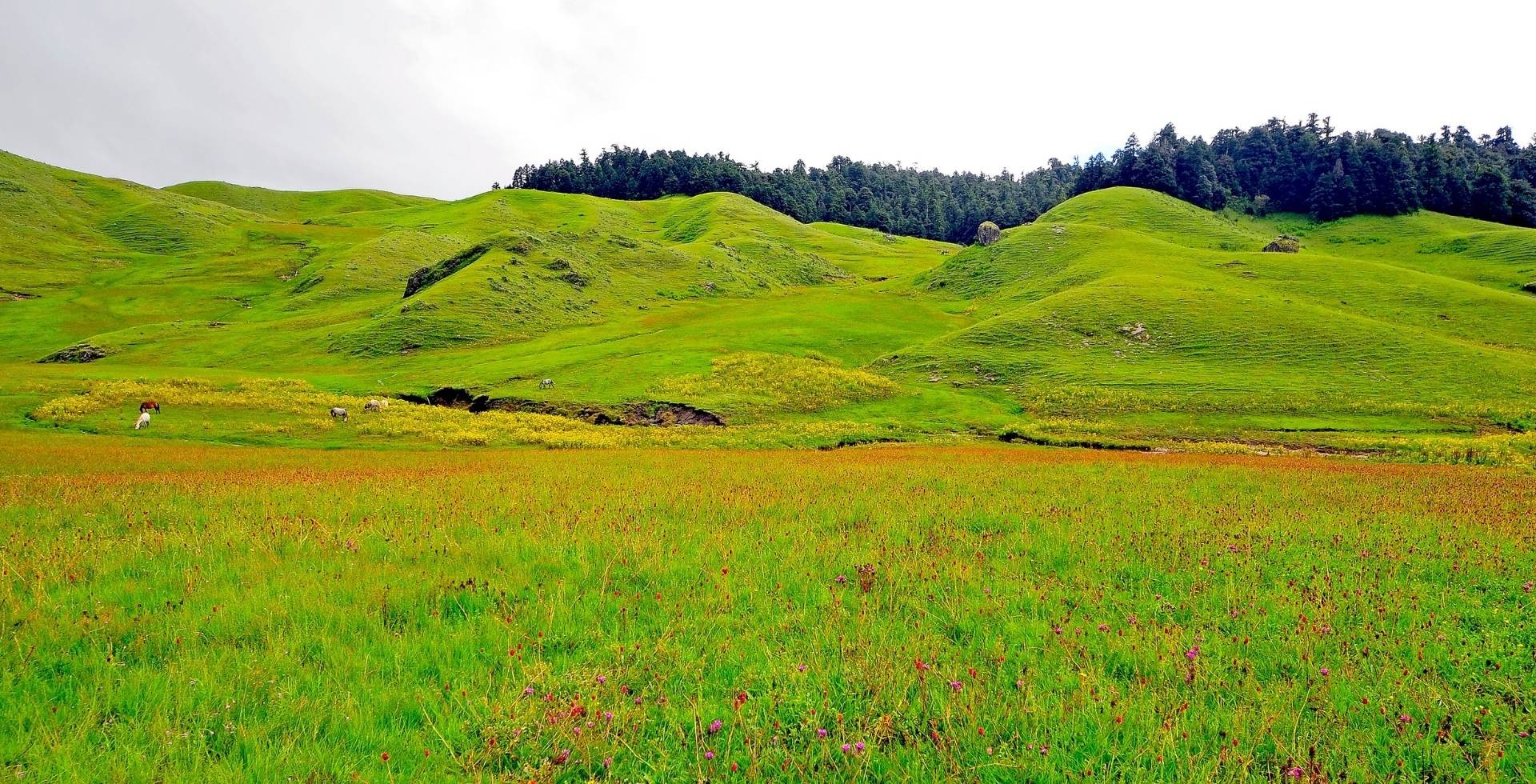
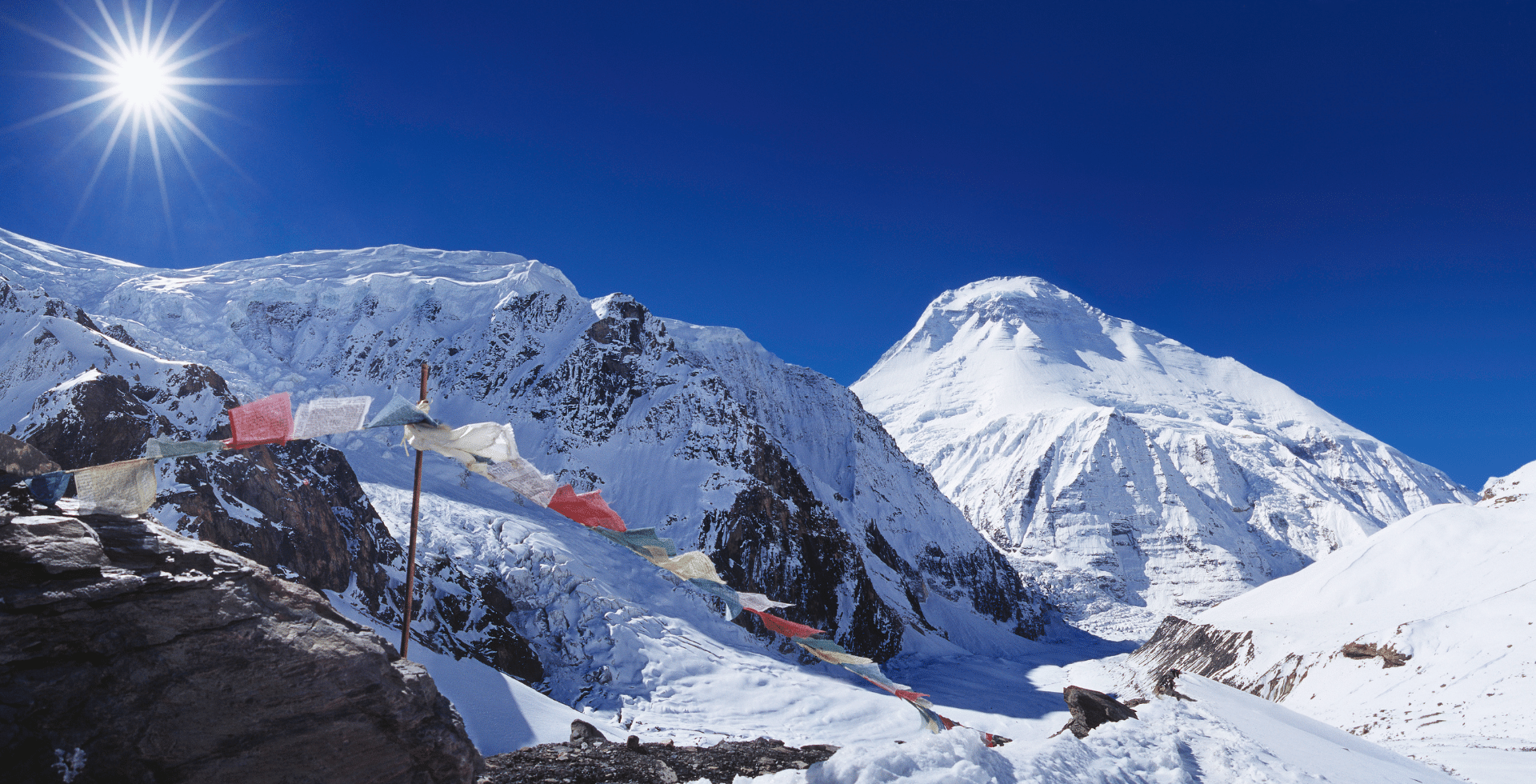

 Kiran Neupane
Kiran Neupane